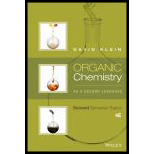
Concept explainers
Interpretation:
The given below compound has to be matched with the appropriate spectrum.
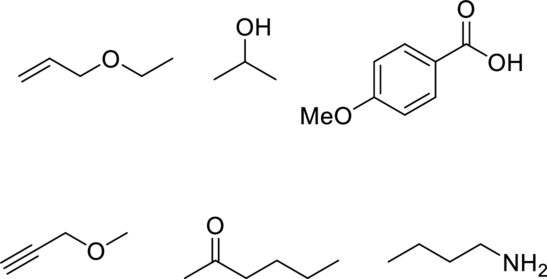
Concept Introduction:
To analyze an IR spectrum certain tools are needed. The first step is to draw a line at
Double bonds:
Triple bonds:
While looking for
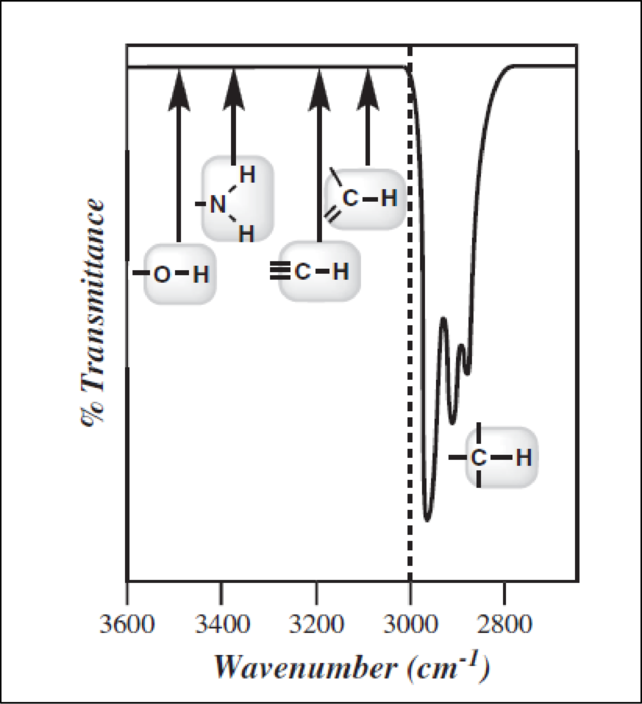
Explanation of Solution
Consider spectrum A.
There are no signals in the triple-bond region, but there is one signal in the double-bond region. The signal at

This spectrum exhibits one signal just above

Consider spectrum B.

There are no signals in the triple-bond region, but there are signals in the double-bond region. The signals between

Consider spectrum C.
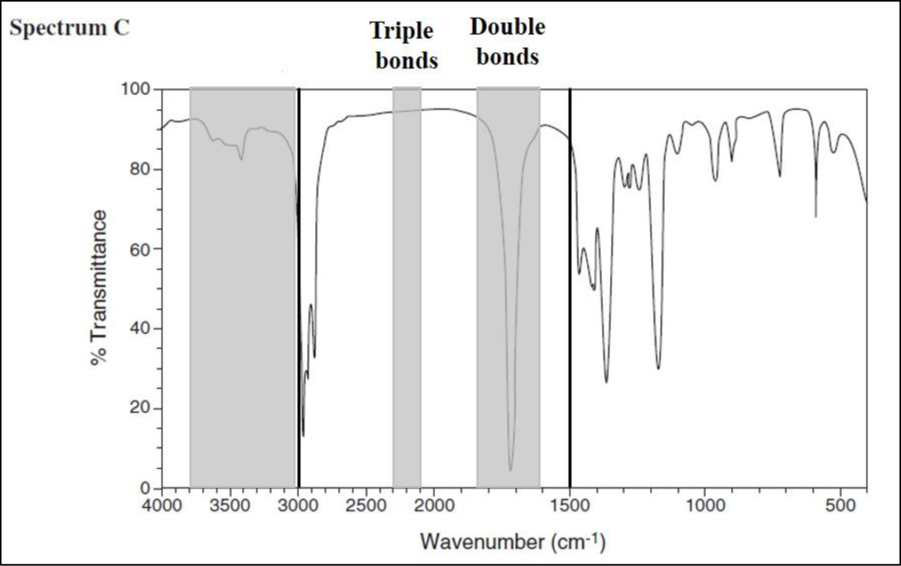
There are no signals in the triple-bond region, but there are signals in the double-bond region. The signal at
The little bump between

Consider spectrum D.
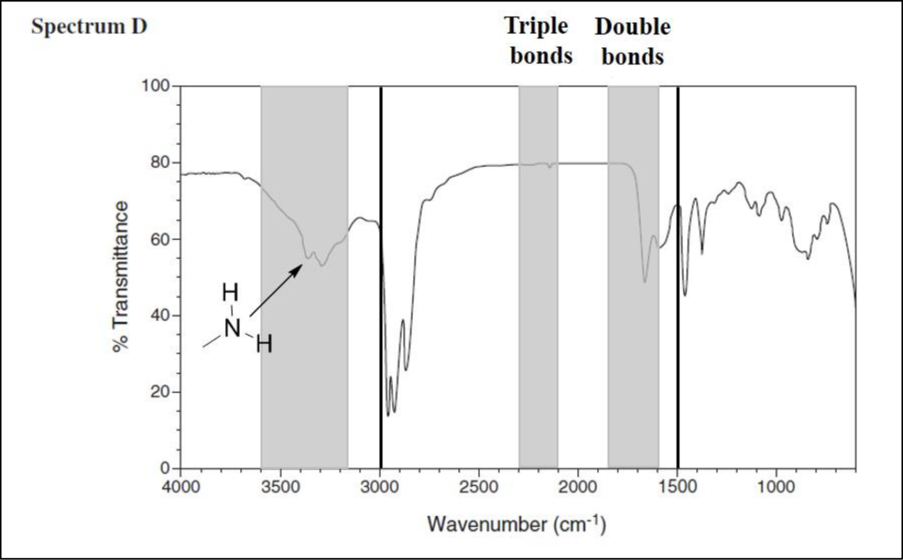
There are no signals in the triple-bond region, but there are signals in the double-bond region. The signal at

Consider spectrum E.
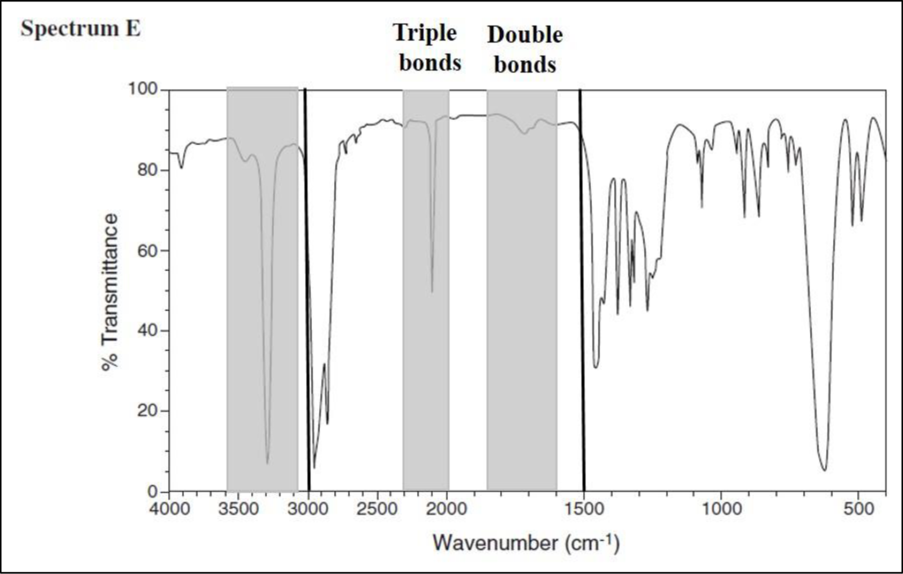
There is a signal in the triple-bond region, but there are no signals in the double-bond region. The signal at

Consider spectrum F.

There are no signals in the triple-bond region and also in the double-bond region. Draw a line at

Want to see more full solutions like this?
Chapter 2 Solutions
Organic Chemistry As a Second Language: Second Semester Topics
- Draw the structure of the correct compound on each spectrum and match each type of hydrogen on the structure to the corresponding peak on the spectrum. Thanksarrow_forwardLabel the major peaks in each spectrum and propose a structure for the compound. Also, explain the integration.arrow_forwardEach line in a 13CNMR spectrum corresponds to a different kind of carbon atom. How many 13CNMR signals does each compound exhibit? ( please explain)arrow_forward

 Organic Chemistry: A Guided InquiryChemistryISBN:9780618974122Author:Andrei StraumanisPublisher:Cengage Learning
Organic Chemistry: A Guided InquiryChemistryISBN:9780618974122Author:Andrei StraumanisPublisher:Cengage Learning

